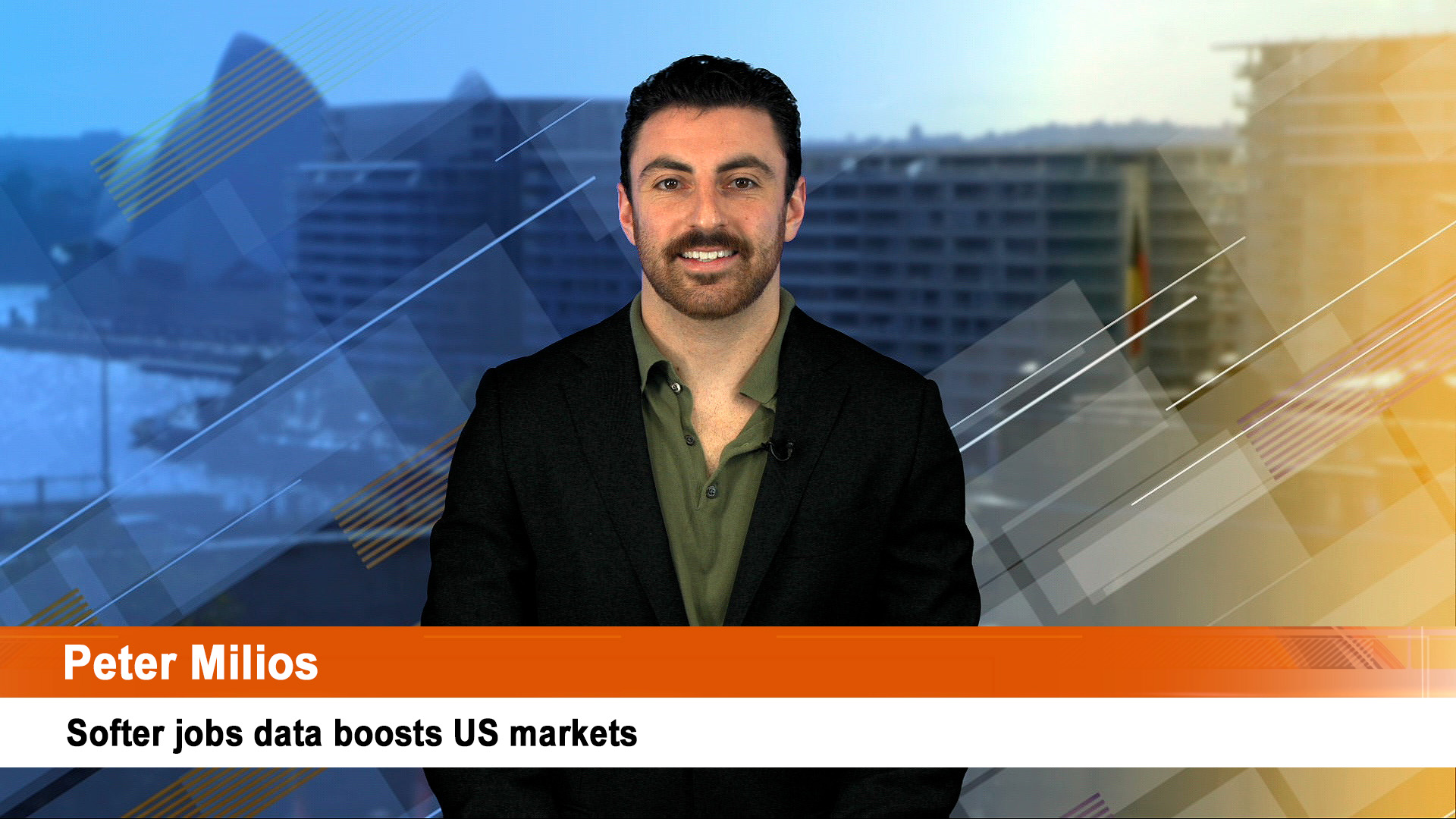The current thinness of stockmarkets was exposed overnight when Wall Street bounced sharply from losses because the US Federal Reserve did what it said a month ago it would do – start buying corporate debt.
The Fed had been reportedly having trouble framing the corporate debt program to make it fair and even but Monday’s announcement seems to have sorted out those concerns. It will start its buying program on Tuesday.
The rebound and higher close came after Wall Street had opened lower and quickly dropped nearly 3% after Asian and European shares traded lower (including the ASX) on fears of a series of new COVID-19 outbreaks in China and in more than 20 US states where a second wave of infections seems to be emerging.
After the Fed’s announcement, that fall was quickly reversed and the market rose 1% or more – but eased slightly towards the end to finish up around 0.8% for the S&P 500 and more than 1% for the Nasdaq.
Traders and analysts welcomed the Fed’s announcement but pointed out the quick rebound was more a relief move (like a dead cat bounce) rather than anything meaningful. The turnaround in sentiment was the largest market move in three months, another sign of the relief.
The Dow added 158 points, 0.6%, to close near 25,763 after being down by as many as 762 points, or nearly 3%. The S&P 500 closed up 25 points or 0.8%, to close at 3,066. The Nasdaq jumped 137 points, 1.4%, ending at 9,726.
Marketwatch.com said the turnaround for the S&P 500 and the Dow represented their biggest intraday comeback since March 19, while it was the biggest turnaround for the Nasdaq since May 27.
The rebound sent the ASX 200 futures market up by more than 130 points, pointing to a very strong start this morning after Monday’s nasty sell-off.
The ASX 200 closed 128 points lower, or 2.2%, at 5,719.8, a three-week low. After three sessions of losses, the ASX is more than 420 points lower than last Monday’s close.
All sectors closed lower with the financial sector down 2.3% and materials down 2.1%. Consumer discretionary stocks fell 3.3%, and energy stocks declined 3.4% as oil prices softened.
The Australian dollar dipped to two-week lows of 67.88 US cents in Australia but bounced overnight as the US dollar fell to trade well above 69 US cents.
Meanwhile, oil futures reversed earlier losses to end higher on Monday.
West Texas Intermediate crude for July delivery edged up 23 cents, or 0.6%, to $US36.49 a barrel in New York after trading as low as $34.36.
The global crude benchmark Brent for August delivery rose 53 cents, or 1.4%, to settle at $US39.26 a barrel in Europe. Prices reversed direction after a drop to as low as $US37.24 in Monday’s session.
And Comex gold futures finished lower on Monday, failing to get a boost from a lower US dollar or those losses in global markets sparked by worries about a growing number of new cases of coronavirus.
Comex August gold lost $US10.10, or 0.6%, to settle at $US1,727.20 an ounce in New York.Gold rose 3.2% last week.
Comex July silver shed 8 cents, or 0.5%, to end at $US17.399 an ounce, while Comex copper futures fell 1.3% to $US2.567 a pound.













